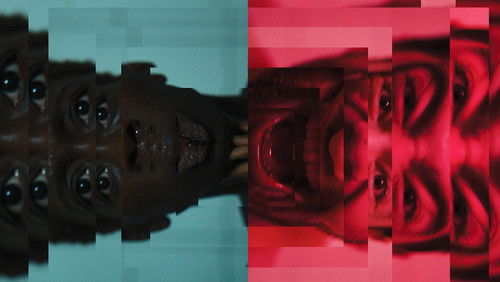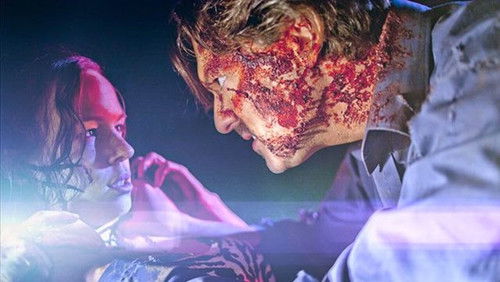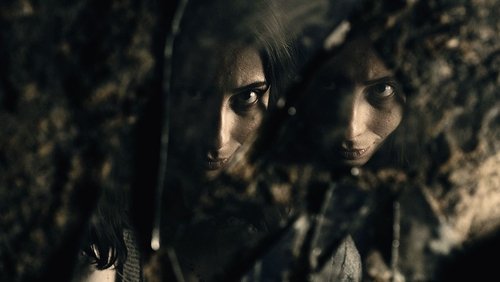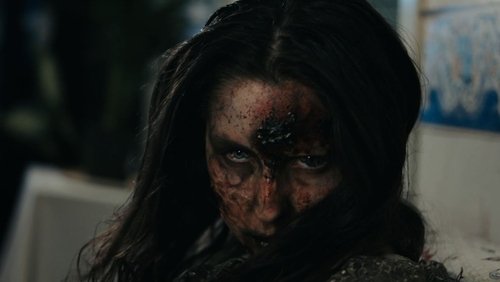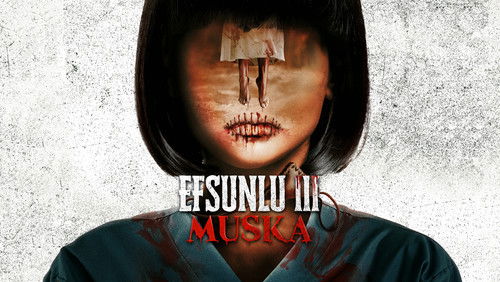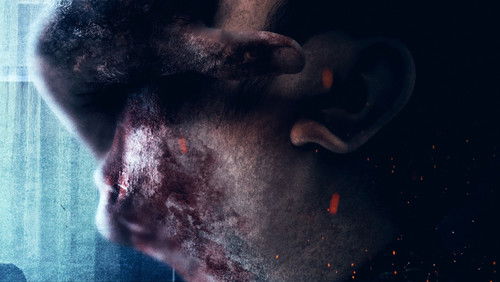Das Kabinett des Professor Bondi (1953)
7KDas Kabinett des Professor Bondi: Directed by André De Toth. With Vincent Price, Frank Lovejoy, Phyllis Kirk, Carolyn Jones. An associate burns down a wax museum with the owner inside, but he survives only to become vengeful and murderous.
“u0026quot;Professoru0026quot; Henry Jarrod (Vincent Price) is a sculptor who works in wax. Heu0026#39;s living in New York City in the late 19th Century, and heu0026#39;s displaying his handiwork in a wax museum. When his partner, Matthew Burke (Roy Robert)–really his primary investor–balks at Jarrodu0026#39;s receipts and tries to talk him into moving in a more commercial direction, perhaps with a u0026quot;Chamber of Horrorsu0026quot;, Jarrod protests that heu0026#39;s creating meticulous works of art, not cheap sensationalism. Jarrod tries to interest a new investor, but when the prospect says he canu0026#39;t make a decision for a few months, Burke says he canu0026#39;t wait. He suggests torching the place and collecting the insurance money. When Jarrod refuses, Burke torches the museum anyway, and the two fight. Jarrod supposedly dies in the fire, leaving Burke to collect. However, when a mysterious, disfigured stranger shows up, the resolution may not be so simple.u003cbr/u003eu003cbr/u003eThe debate that Jarrod and Burke have in the opening scene of this remake of Mystery of the Wax Museum (1933) is particularly ironic in light of the filmu0026#39;s history. House of Wax was made as a 3D film–a fact made more than obvious from the filmu0026#39;s opening credits, which are presented in a font made to look like it is bursting forth from the screen.u003cbr/u003eu003cbr/u003eIn the early 1950s, movie theater box office receipts were down because of television. Film studios and movie theaters were looking for gimmicks that would make films seem more special. They were looking to do things that television couldnu0026#39;t do. According to film editor Rudi Fehr, u0026quot;The House of Wax was made because the theaters were empty, people were staying home to watch television. In order to lure the audiences back to the theaters, Warneru0026#39;s came out with 3D.u0026quot; While this wasnu0026#39;t the first commercial 3D film–1952u0026#39;s Bwana Devil holds that honor, this was certainly one of the more popular ones.u003cbr/u003eu003cbr/u003eStudio head Jack Warner told Fehr that he would have five weeks to edit the film after shooting was done. Fehr said they could get it done even quicker if director Andre De Toth would shoot the film in sequence. So Warner demanded just that, despite De Tothu0026#39;s protests. Shooting in sequence is unusual and can make the on-set crewu0026#39;s job much more difficult. But it certainly didnu0026#39;t negatively affect the performances or De Tothu0026#39;s direction, which are both outstanding despite a couple strangely truncated bits of exposition.u003cbr/u003eu003cbr/u003eLike many 3D films, there are a few shots in House of Wax that might otherwise be inexplicable. The most prominent example here is a huckster who stands in front of the revamped House of Wax doing tricks with three paddleballs. We linger on him much longer than we normally would so that he can bounce the ball into our face. This shows part of the difficulty of 3D–itu0026#39;s difficult to reconcile the most impressive effects from the audienceu0026#39;s perspective with narrative needs. Viewed now, in simple 2D on a television screen, the obligatory 3D shots of House of Wax play as quirky, campy curios. For me, that adds to the charm of the film.u003cbr/u003eu003cbr/u003ePrice has an unusual role here in that he plays a good portion of the film with disfigurement makeup, half-limping, hunched over, covered in bulky black cloaks in a manner that somewhat prefigures John Hurtu0026#39;s turn as John Merrick in The Elephant Man (1980). De Toth is excellent at building atmosphere, especially in the u0026quot;externalu0026quot; shots, which frequently feel more like weu0026#39;re watching a version of the Jack the Ripper story set in London.u003cbr/u003eu003cbr/u003eMost of the script by Crane Wilbur, based on a play by Charles Belden (which also served as the basis for 1933u0026#39;s Mystery of the Wax Museum, of course), is deliciously flagitious–degenerate in a more over the top manner than was usual for the period. The conflagration at the end of the opening is particularly unexpected and twisted, as is Jarrodu0026#39;s modus operandi throughout the film. Itu0026#39;s only too bad that the self-enforced Hollywood u0026quot;moral codeu0026quot; at the time could not have allowed for a more nihilistic ending. I for one was cheering on Jarrod and his assistant Igor, played by none other than Charles Bronson in one of his earlier roles, when he was still using u0026quot;Charles Buchinskyu0026quot;.u003cbr/u003eu003cbr/u003eAlthough itu0026#39;s difficult to say whether Belden, Wilbur or De Toth intended a message or subtext, itu0026#39;s easy to read a number of interesting angles into the film. To begin, the use of the name u0026quot;Igoru0026quot; for the assistant suggests a number of twisted turnabouts on Dr. Frankenstein. Jarrod is even more depraved than the good doctor as he u0026quot;creates deathu0026quot; out of life, in the service of art. At least it seems depraved if youu0026#39;re not an artist. If you are, you might simply note that one must suffer to be beautiful. Thatu0026#39;s more than just a flippant remark, as Jarrod suffers financially for beauty early in the film, and Cathy Gray (Carolyn Jones) suffers physically for beauty as she nearly suffocates herself to make herself thin. And of course thereu0026#39;s the literal, sinister sense in which the artist makes others suffer to create his beauty. There are also very interesting subtexts available related to goals of realism in art, and of course, the ironic messages noted earlier in the beginning of the film, where we are debating aesthetics versus financial, or more material considerations.u003cbr/u003eu003cbr/u003eAlthough House of Wax was popular at the box office in 1953, there was no shortage of critical devaluations of the film as a cheap gimmick, and no shortage of complaints about image quality and eyestrain when trying to view the film in 3D. 3D was only prominent for another year or so (to make periodic returns later, often for u0026quot;number 3u0026quot; films in series), but House of Wax is a much better film than it was given credit for at the time. Itu0026#39;s not Vincent Priceu0026#39;s best, but itu0026#39;s well worth viewing.”
